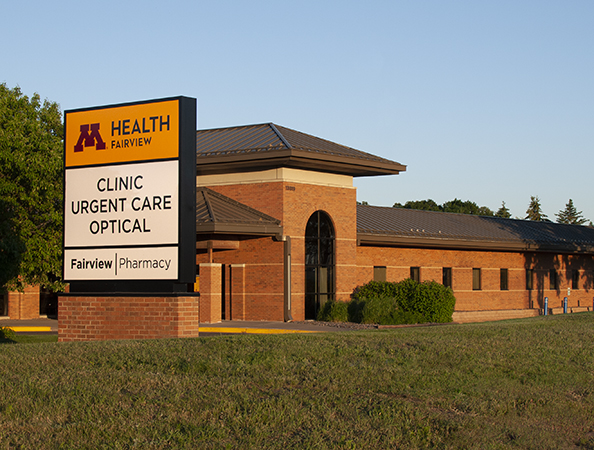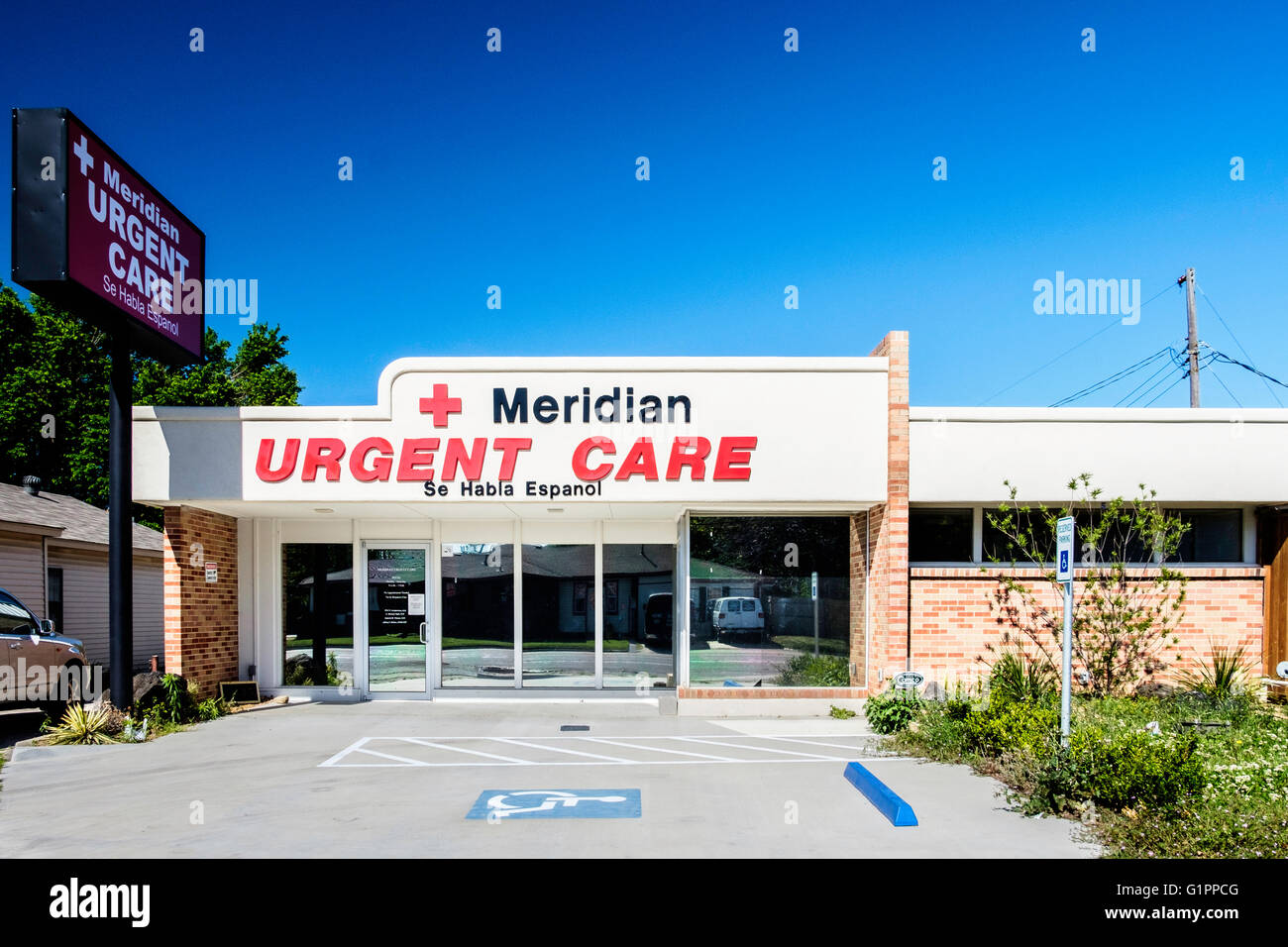Top Tips for Picking the Right Clinic for Your Urgent Care Requirements
Top Tips for Picking the Right Clinic for Your Urgent Care Requirements
Blog Article
Recognizing the Duty of Urgent Treatment in Offering Timely Treatment for Non-Life-Threatening Conditions
Immediate treatment centers have actually arised as an essential component of the health care landscape, resolving the prompt requirements of patients with non-life-threatening conditions. Recognizing the nuances of immediate care might considerably impact client outcomes and the overall efficiency of healthcare delivery.
What Is Urgent Treatment?
Immediate care refers to a category of clinical solutions developed to attend to non-life-threatening problems that call for immediate focus. These facilities work as an intermediary between primary care medical professionals and emergency clinic, using a practical choice for patients who require prompt treatment without the considerable waiting times normally related to emergency situation divisions.
Urgent care facilities are normally staffed by doctor, including physicians, registered nurse practitioners, and medical professional assistants, who are trained to detect and deal with a large range of conditions. Common services supplied by these facilities consist of treatment for small injuries, ailments, and infections, as well as analysis tests such as X-rays and research laboratory work.
Additionally, urgent treatment facilities usually approve walk-in individuals, getting rid of the need for visits. On the whole, immediate care plays an important duty in the health care system, ensuring patients can access essential clinical solutions immediately and successfully.

Many individuals may find themselves unpredictable regarding when to seek care at an immediate care facility rather than a medical care physician or an emergency area. Immediate care is made to deal with non-life-threatening conditions that need punctual attention but are not severe enough to call for an emergency clinic go to.
Typically, one should think about immediate treatment for problems such as minor cracks, sprains, cuts needing stitches, or infections like urinary tract infections. Additionally, cold or flu signs, breakouts, and allergies can also be appropriately managed in this setting.
It is necessary to note that urgent care is not suitable for lethal emergencies, such as upper body pain, trouble breathing, or extreme bleeding, which demand instant emergency clinic intervention.
Individuals that lack accessibility to a health care medical professional or can not secure a prompt consultation may additionally gain from urgent care solutions. Inevitably, understanding when to utilize urgent treatment can lead to a lot more efficient healthcare shipment, allowing people to receive the ideal degree of care based on their certain wellness requirements.
Advantages of Urgent Treatment Centers
Picking immediate care facilities for non-life-threatening conditions provides a number of advantages that boost individual experience and availability. One primary advantage is the reduced wait times compared to typical emergency clinic. Immediate treatment centers usually operate on a first-come, first-served basis, permitting individuals to receive prompt clinical interest without the lengthy hold-ups frequently connected with health center setups.
Furthermore, urgent treatment centers supply extended hours, including evenings and weekend breaks, accommodating clients with differing timetables. This flexibility ensures that people can seek care when it is most convenient for them, additionally advertising timely treatment.

Additionally, these facilities often offer a detailed series of solutions, including analysis tests and minor treatments, all under one roofing system. This combination of services not just enhances the person experience but likewise cultivates an extra natural strategy to managing non-life-threatening health and wellness problems, inevitably profiting general patient outcomes.
Common Conditions Dealt With
At urgent treatment facilities, a range of non-life-threatening conditions can be effectively treated, offering people with prompt and easily accessible medical assistance. These centers are especially proficient at addressing issues that need prompt interest however do not position an immediate risk to life or arm or leg.
Usual problems dealt with at immediate treatment facilities include small injuries such as strains, fractures, and strains. Urgent treatment facilities are furnished to carry out necessary diagnostic tests, such as X-rays and laboratory tests, allowing them to give extensive treatment.
Moreover, immediate treatment look at more info companies can provide inoculations, assisting to protect against the spread of contagious conditions - Urgent Care. They likewise supply solutions for minor procedures, such as suturing wounds or draining abscesses. By providing these diverse solutions, urgent treatment facilities play a vital duty in linking the space between medical care and emergency situation services, ensuring people get timely treatment for a vast array of problems without the requirement for long delay times generally associated with emergency clinic
Just How Urgent Treatment Sustains Healthcare System
Immediate treatment facilities play a vital function in supporting the total health care system by relieving the concern on emergency departments and supplying timely access to healthcare for non-life-threatening problems. By dealing with cases such as small injuries, infections, and health problems, immediate treatment facilities enable emergency divisions to concentrate on more critical patients calling for prompt focus.
In addition, immediate care centers improve health care availability, providing extended hours and a more hassle-free option to standard medical care settings. This availability is specifically helpful for patients that may not have a regular doctor or that call for instant therapy outside of normal workplace hours. Consequently, urgent treatment centers effectively decrease wait times and enhance individual complete satisfaction.
In addition, urgent treatment facilities contribute to set you back financial savings for both people and the medical care system by supplying lower-cost services compared to emergency situation divisions. This economic efficiency is essential in an era of climbing medical care expenses, enabling people to obtain required treatment without incurring outrageous expenditures.
Final Thought
To conclude, urgent care facilities play an important role in the health care system by providing punctual therapy for non-life-threatening conditions. By linking the void between primary care and emergency clinic, these centers make sure that clients obtain prompt medical focus without the extensive wait times usually connected try this with emergency situation departments. The availability and efficiency of immediate treatment facilities add substantially to easing the overall worry on medical care resources, improving person end results, and advertising an extra efficient health care delivery system.
Immediate treatment facilities have emerged as a vital part of the health care landscape, resolving the instant requirements of individuals with non-life-threatening conditions. Immediate treatment visits usually sustain reduced out-of-pocket expenditures compared to emergency department visits, making care more affordable for clients without helpful hints jeopardizing quality. Urgent care centers are outfitted to perform needed diagnostic tests, such as X-rays and lab tests, enabling them to offer comprehensive care.
By offering these diverse services, immediate care centers play an important role in connecting the space in between main treatment and emergency situation services, ensuring patients obtain timely treatment for a large range of problems without the need for lengthy wait times generally connected with emergency situation areas.
Moreover, immediate treatment centers enhance healthcare ease of access, using extensive hours and a much more convenient option to typical primary care setups.
Report this page